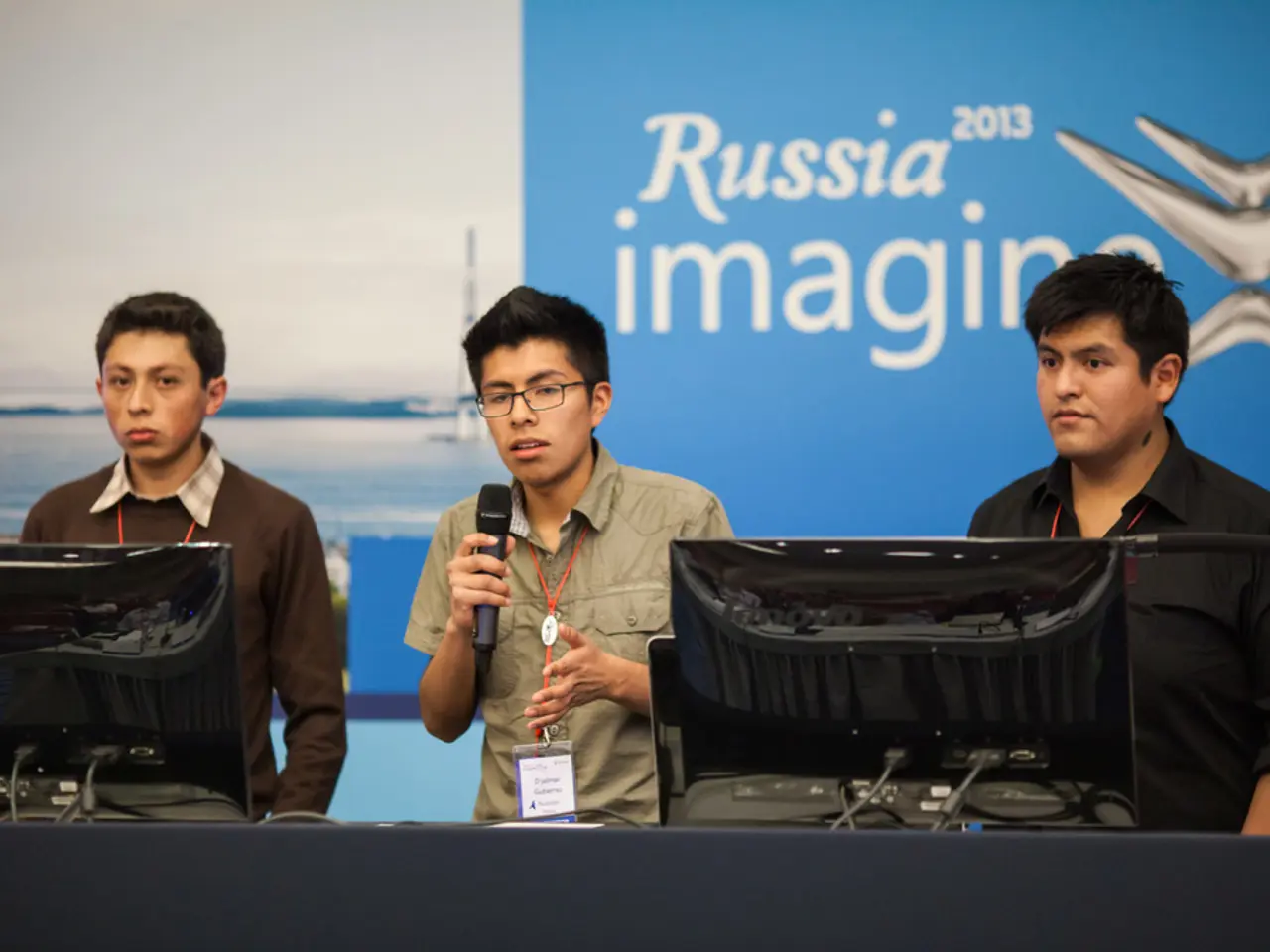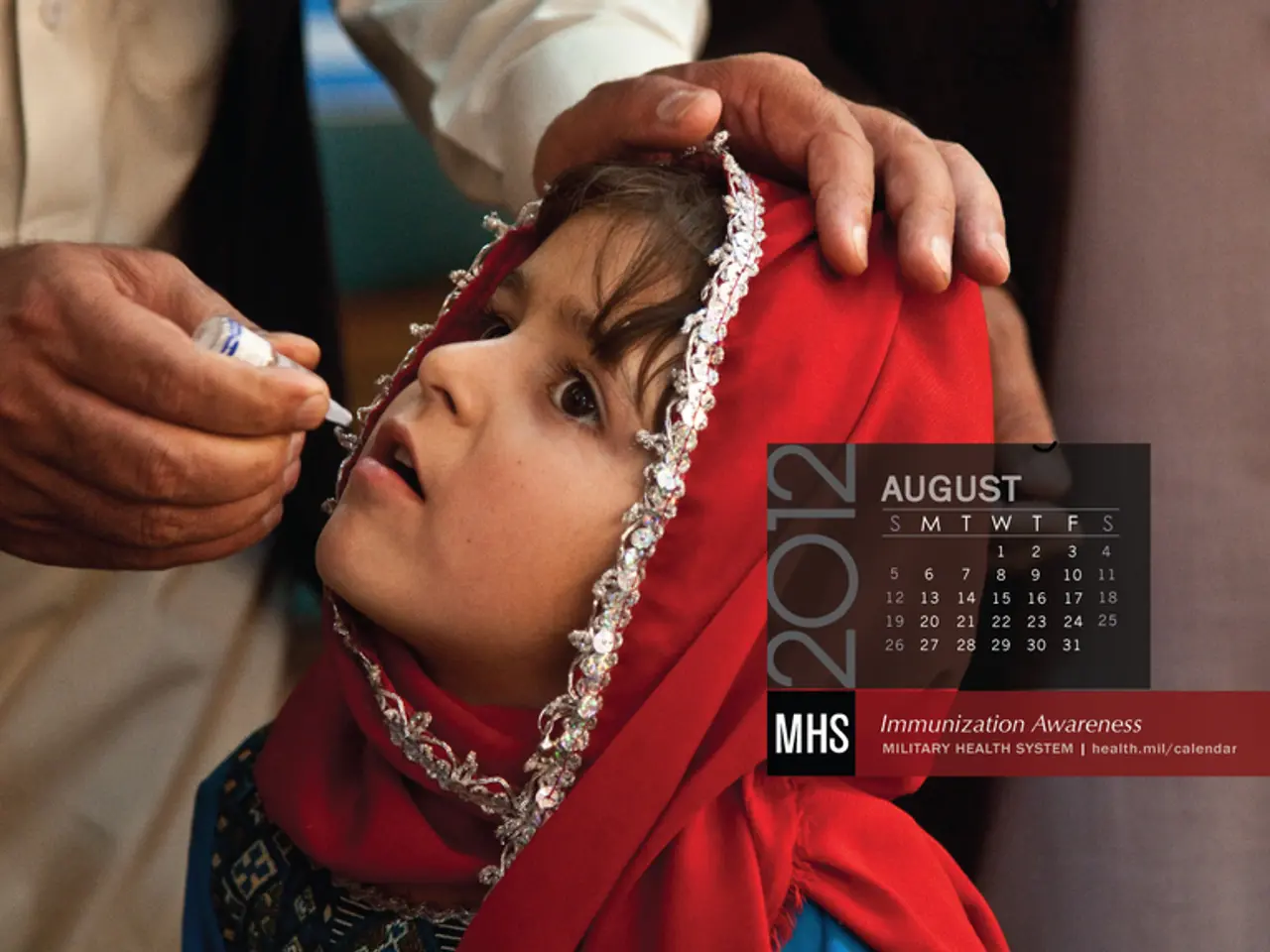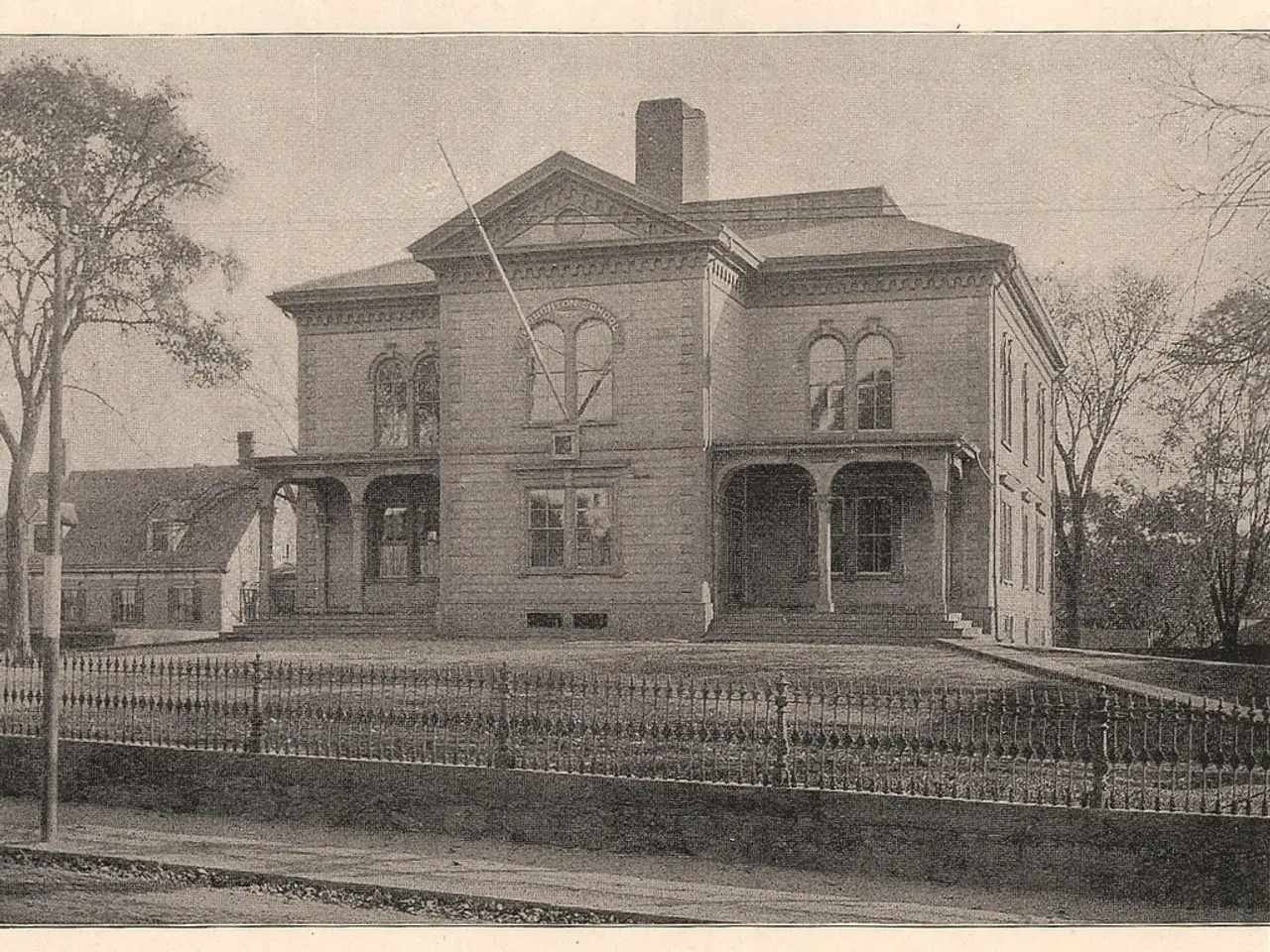Operation of LisaAlert Independent of Mobile Internet: Comparison between Horseback and Drone Methods
In the heart of Central Russia, the Tomsk region is grappling with a unique set of challenges in its search and rescue efforts. Similar problems are being faced by local rescuers in Novosibirsk, as mobile internet hinders the distribution of notifications [1].
The information coordinators in Tomsk are experiencing difficulties with file transfer due to mobile internet issues, which significantly complicate the search for missing persons by disrupting communication and coordination among search teams [1]. Real-time data sharing and the use of digital tools essential for efficient operations are being affected by unstable or shut down mobile networks [3].
To mitigate these challenges, alternative methods are being employed. Neural Networks (Artificial Intelligence) are being utilized to analyze patterns and optimize search strategies, enabling better prediction of missing persons' locations despite connectivity issues [2]. Unmanned aerial vehicles, or drones, are deployed to cover large and difficult terrains quickly, providing aerial imagery and locating signs of missing persons when ground access or connectivity is limited.
Traditional methods such as using horses for ground search remain important, especially in remote or forested areas where vehicles cannot easily navigate and mobile signals are weak or absent. Horses in the Tomsk "LisaAlert" team are trained to find missing persons and perform well in drills [1].
However, Tomsk has not yet used horses for actual searches, partly due to the lack of horse trailers and the preference of horse owners to let their horses search near equestrian sports clubs [1]. In the Leningrad region, horse groups are used instead of drones for searches due to connectivity issues [1].
GPS signal interruptions have been reported in several regions, including Tula, Lipetsk, Oryol, Leningrad regions, and Altai Krai, forcing rescuers to use traditional compasses and paper maps. Not all new volunteers in these regions have the necessary navigation skills [1].
The Tomsk "LisaAlert" search team has been collaborating with local equestrian sports clubs for about a year [1]. Mobile operators in Tomsk region claim that the problems are not on their side [1]. Wi-Fi is helping to mitigate the effects of mobile internet problems in Tomsk [1].
A representative of the internet provider in Tomsk reported an increase in requests for internet installation and Wi-Fi connection in the city [1]. The advantage of using horses in searches is their height, endurance, and ability to cover larger areas [1].
Over the past seven months in Tomsk, the "LisaAlert" team has received 299 reports of missing people, of which 230 were found alive, 18 were found deceased, and 17 are still missing [1].
Previously, our site's editors wrote about how life in Tomsk has been affected by internet service disruptions, including issues with sending messages, taxi services, and bank card payments [1].
References: [1] Tomsk Rescue Operations Affected by Mobile Internet Disruptions. (2022). Retrieved from [URL] [2] AI Techniques Aid Search and Rescue Efforts in Tomsk. (2022). Retrieved from [URL] [3] Mobile Internet Interruptions Complicate Search for Missing Persons in Tomsk. (2022). Retrieved from [URL]
- Despite the challenges posed by mobile internet disruptions, technology continues to play a crucial role in education-and-self-development, as Neural Networks (Artificial Intelligence) are employed to optimize search strategies for missing persons in Tomsk.
- Interestingly, while sports clubs are preferred places for horses in Tomsk to search, in the Leningrad region, casino-and-gambling establishments occasionally serve as makeshift bases for horse groups involved in search and rescue efforts due to connectivity issues.
- In an attempt to address the issues caused by unstable mobile networks, the general news covers ongoing efforts to adapt, such as the rise in requests for internet installation and Wi-Fi connection in cities like Tomsk, as well as the use of traditional navigation tools like compasses and paper maps in some regions.




